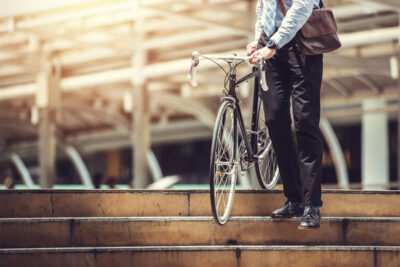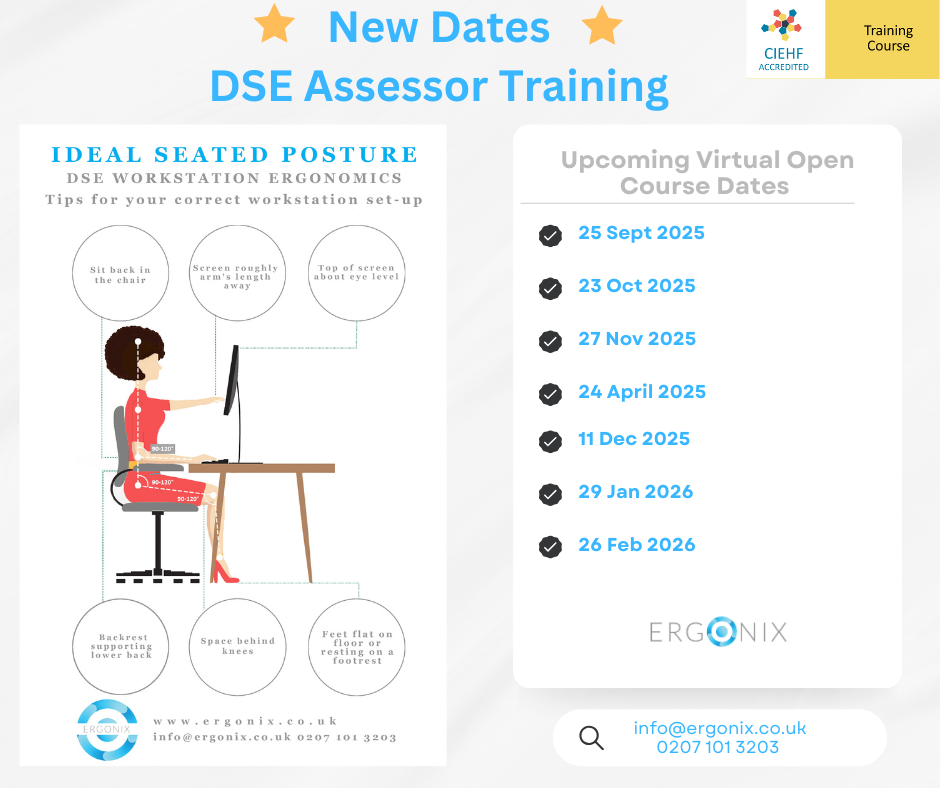 Since the start of the lockdown in March, many people have been forced to change their fitness routines and experiment with new forms of exercise, whilst others have taken up exercise for the first time as a way to cope with the sudden changes that COVID-19 forced upon us.
Since the start of the lockdown in March, many people have been forced to change their fitness routines and experiment with new forms of exercise, whilst others have taken up exercise for the first time as a way to cope with the sudden changes that COVID-19 forced upon us.
As we continue the battle against the virus, the government has put a renewed focus on physical activity and the benefits of keeping fit and healthy long-term, encouraging people to keep it up even as some aspects of life return to normal.
One sport that saw huge growth during this period is cycling, as people seemingly craved the open air and made the most of the hour-long outdoor activity we were allowed when the lockdown began.
Whilst the number of people getting on their bikes has reduced slightly as restrictions have been eased, the government hopes that more people than ever will use cycling as a means of exercise, including commuting to and from work, to improve their health, fitness and overall well-being.
Cycling has a huge number of benefits, including the following to name a few:
- It is low impact, which means that people of all ages and abilities can try their hand at it.
- It can help with weight loss – alongside a healthy diet, cycling can be a great way to lose weight and improve your cardiovascular health.
- It improves mental health and well-being – cycling can reduce stress through the release of ‘happy hormones’ and getting out in the fresh air enjoying some time to think and get some headspace can reduce anxiety levels, keeping you calmer and more relaxed.
- It can build muscle, particularly around the glutes, hamstrings, quads and calves, which can keep you looking lean and toned.
But whilst it has its benefits, it’s also important that it is done correctly as a way of avoiding injuries or muscle aches and pains. Your posture is one of the biggest contributing factors to back pain from cycling, just as it is when you’re sitting at a workstation in front of a computer or laptop.
This is why the set-up of your bike is vital to reduce the risk factors that can lead to back pain and other musculoskeletal aches and pains. You need to ensure you maintain a straight position in your upper body without slumping, which can be achieved by raising or lowering the handlebars and/or seat.
When riding, you should also consider alternating positions, particularly when on long rides or climbing hills, by standing up. You can also alternate your hand positions, which changes the angle of your back and thereby the load.
The advice can be followed when setting up your bike yourself at home. However, even if you are a new cyclist and don’t have any aches and pains you would not only avoid problems by having your bike fitted professionally but could optimise your cycling efficiency too. You can speak to your local physiotherapist or bike specialist to see if they offer a bike fitting service.
You can find more health information about ‘cycling and back pain’ & ‘cycling and knee pain’ including infographics in our August and September free health and well-being newsletter.
As part of the government’s drive to encourage people to take up cycling, the ‘Fix Your Bike’ voucher scheme should also be reintroduced soon. It helps cover the first £50 of bike repairs, giving those with a bike that is a bit rough around the edges the chance to give it a new lease of life. Keep checking the application portal as further vouchers will be released once the scheme returns.
So whatever your age or ability, why not don your helmet and get on your bike – you’ll be having fun whilst reaping all the health and well-being benefits that come with it.







